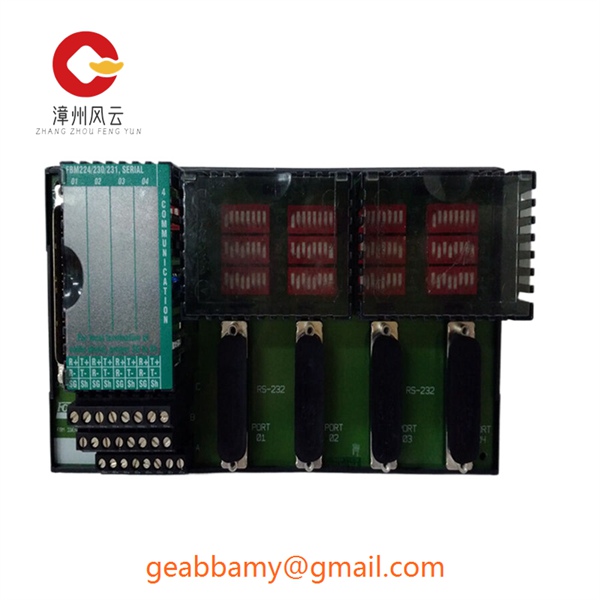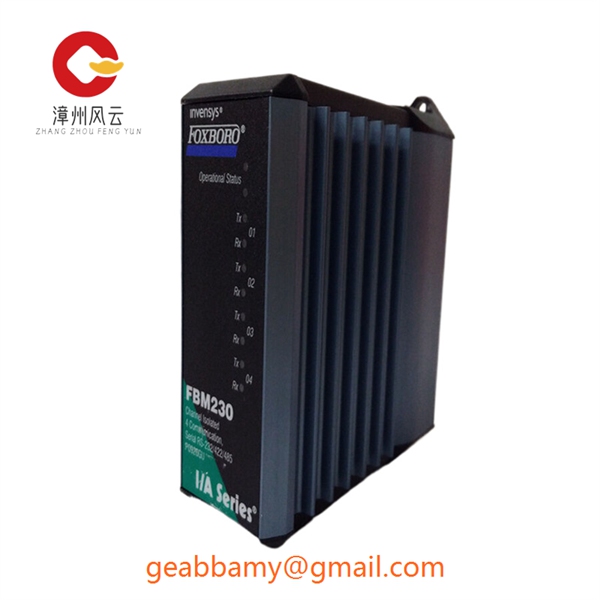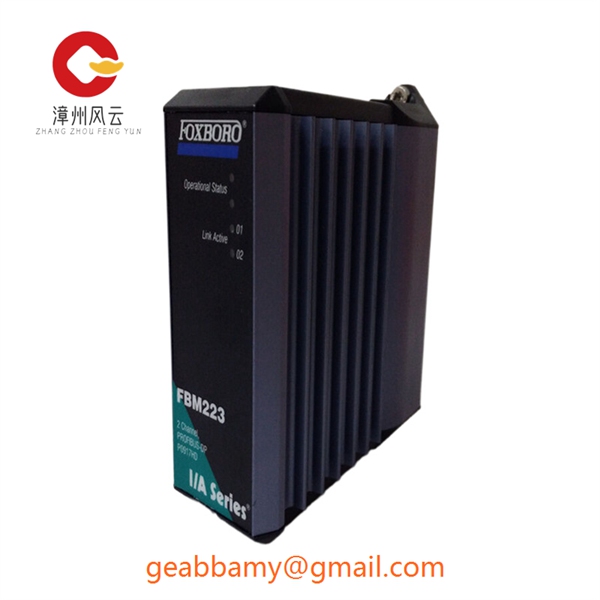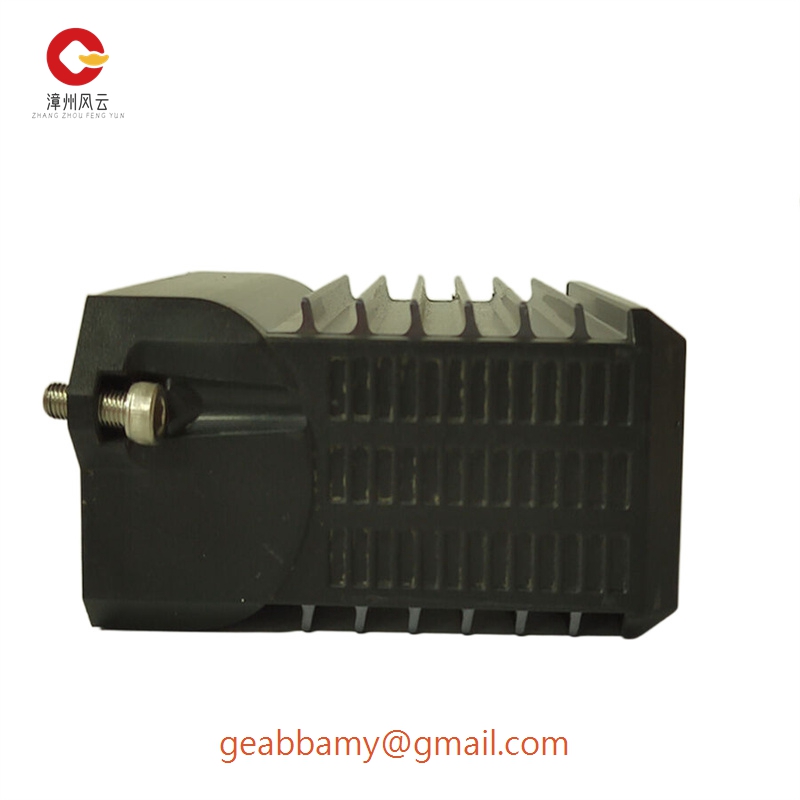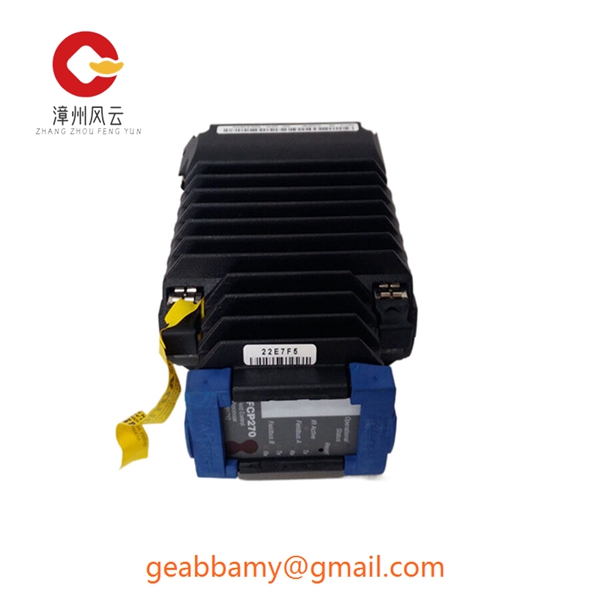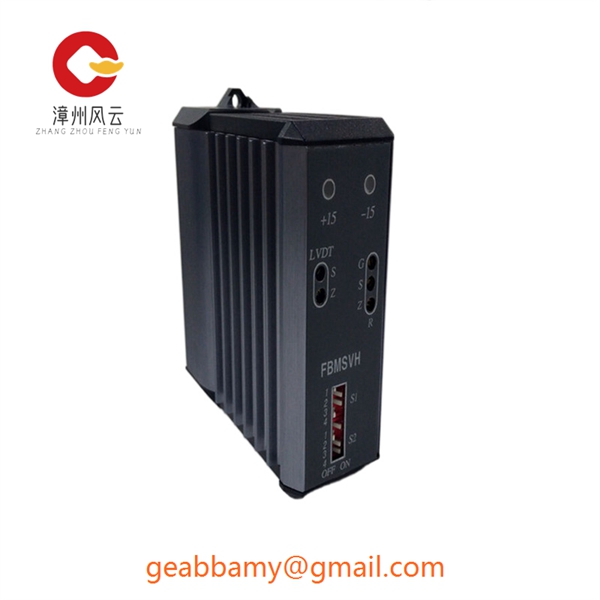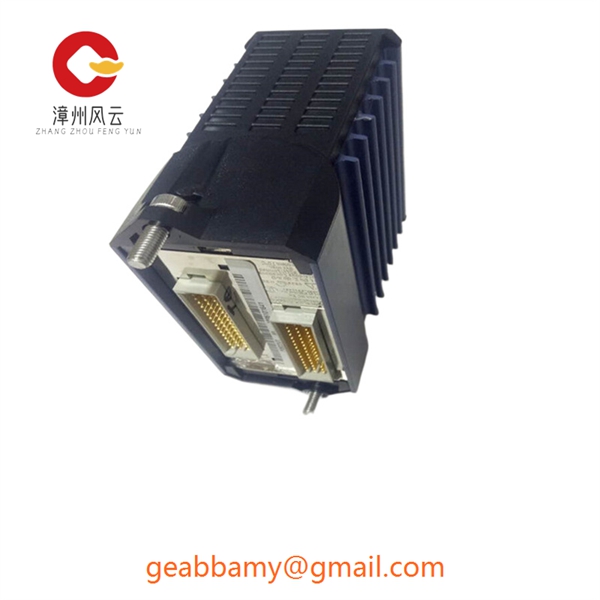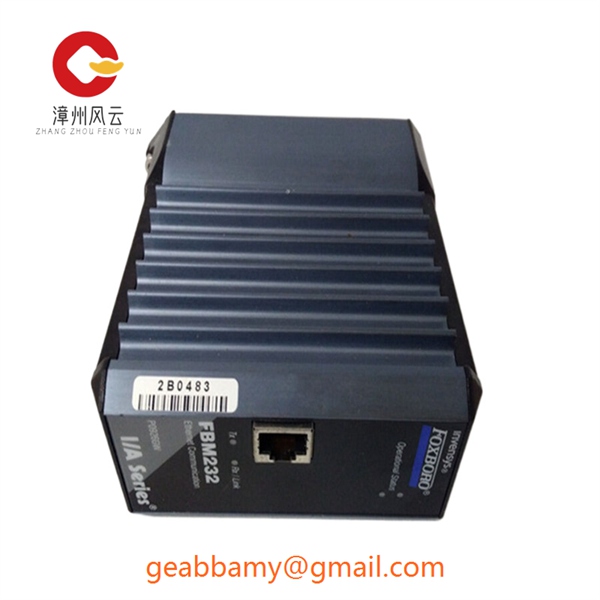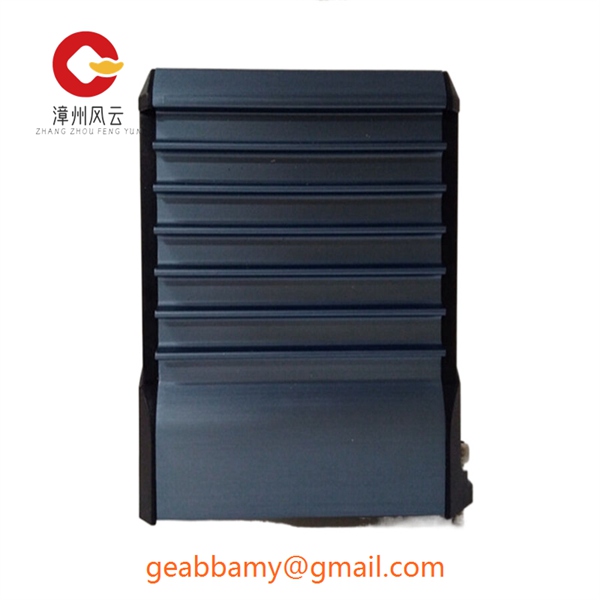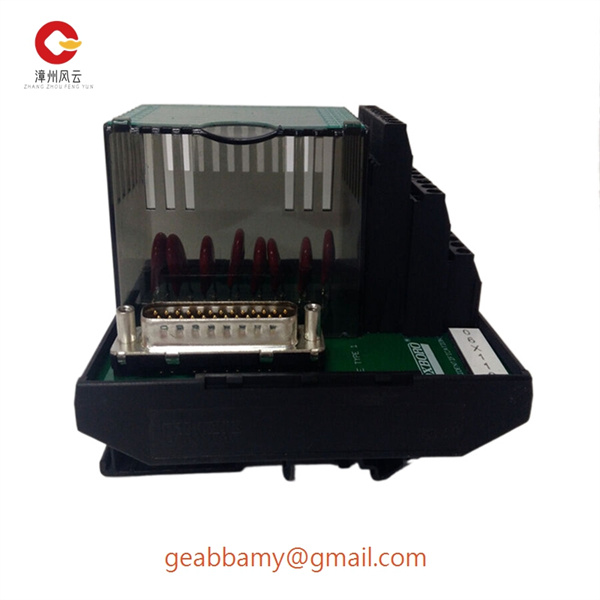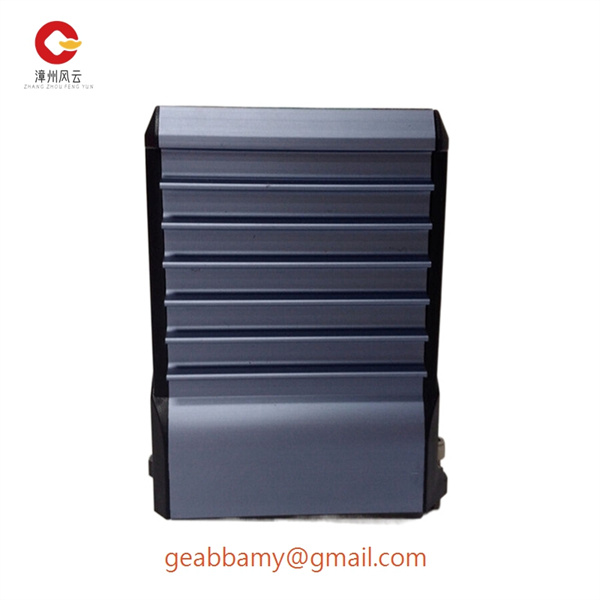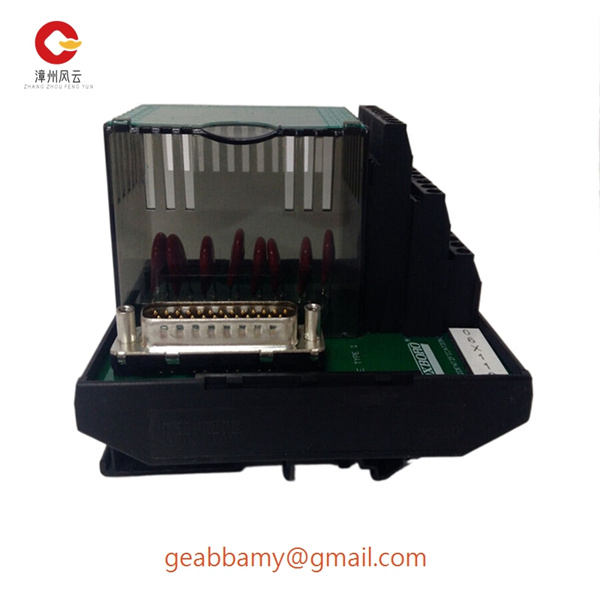Product code: N/A
FCP280 RH924YA Accelerometer Input Modules
📣Model Number:FCP280 RH924YA
🌍Country of origin: USA France Germany Estonia Norway UK
⌚Delivery date: in stock
🛠After-sales service: brand new with one year warranty
⚙️ Product Category: Module/Controller/Server/Motor/Touch Screen
🕰Warranty: 12 months/365 days
☎️ Please contact me: 15359029662 Ms. Amy Sun
📎Chinese official website: www.dcsplcabb.com
📩Email: geabbamy@gmail.com
💬Whatsapp: +86 15359029662
Detailed content
FCP280 RH924YA
The FCP280 RH924YA module provides constant current excitation to the sensor and then isolates, filters and amplifies the sensor output to produce a high level analogue voltage output. The excitation current, signal gain, and filter high-pass and low-pass cut-off frequencies are field configurable via a set of slide switches. Selectable high pass cutoff frequencies of 0.2Hz or 10Hz and selectable low pass cutoff frequencies of 2.5kHz, 5kHz, 10kHz, or 20kHz provide ample options for tuning the filter characteristics for optimum performance. six-pole signal filtering in the FCP280 RH924YA module produces greater than 100dB normal mode rejection of signal frequencies above the cutoff frequency. rejection at signal frequencies above the cutoff frequency. One pole of the filter is located on the field side of the isolation barrier for anti-alias purposes, while the remaining five-pole programmable filter is located on the system side.
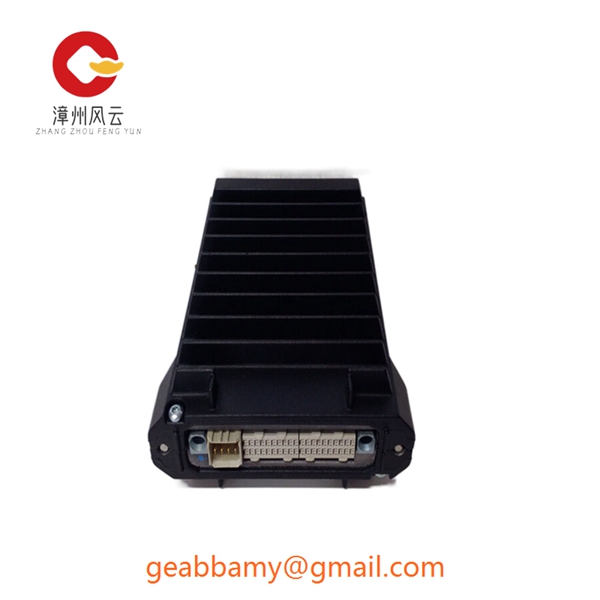
The FCP280 RH924YA is realised by a second order passive filter located on the field side. As excitation current requirements can vary from application to application, especially when long sensor lines are required, the FCP280 RH924YA offers the option to set the constant current source for sensor excitation to a universal value of 4mA or 9mA and a compliance voltage of 24VDC. To ensure the safety of expensive data acquisition equipment, the FCP280 RH924YA module signal inputs and sensor excitation outputs are protected against accidental connection of voltages up to 240Vrms. High-performance isolation barriers break ground loops, allow operation at high common-mode input voltages and suppress large common-mode spikes, all of which help maintain signal integrity while maintaining high accuracy and low output noise.




